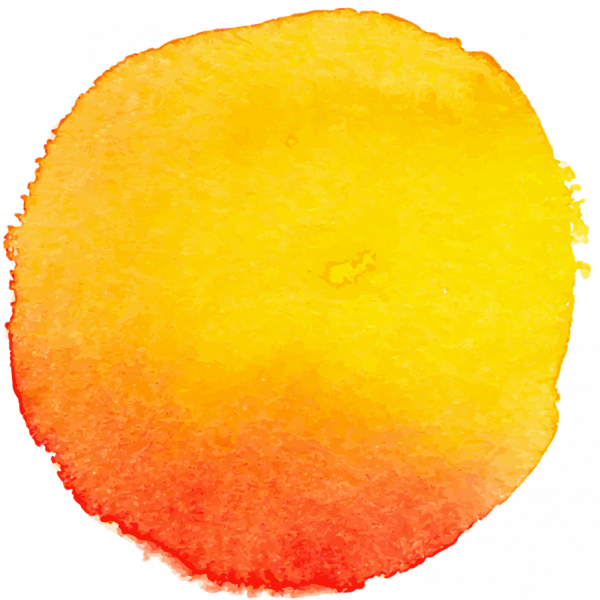De toekomst verkennen door te maken

Kunst en ontwerpen hebben een speciale relatie met de toekomst. In de wetenschap en met het gezond verstand probeert men de toekomst te voorspellen of het verleden of heden zo te formuleren dat het implicaties heeft voor mogelijke toekomsten. In de kunsten en het ontwerpen probeert men zich voor te bereiden op een toekomst die door die voorbereiding zelf wordt vormgegeven. Waar de wetenschap veel nadruk legt op informeren, begrijpen en verklaren, gaat het bij de kunsten en het ontwerpen om maken, inspireren en involveren.
Annelies De Smet en Nel Janssens: Probing the future by anticipative design acts. (In: DRS 2016 Future-Focused Thinking: 2761-2794)
“It has been said that sciences have an interest in the future that is predominantly explanatory and oriented towards gaining understanding in what the future will bring. Therefore the methodology in (natural) sciences aims at controlling reality by emphasizing systematic procedures of actions, in order to develop stable knowledge. This stable knowledge is meant to be the resource for prediction. Wolfgang Jonas states in that respect that “science is aiming at predictability, thus needs stable models, which deliver ’the same’. Science has to purify its models in order to transfer them from vague hypotheses into prediction machines.” (Jonas, 2012. Mapping Design Research. Essay 1: Exploring the swampy ground – an inquiry into the logic of design research. In Grand, S., Jonas, W. & Michel, R. (eds.) Mapping Design Research: Positions and Perspectives, ActarBirkhäuser)
In contradistinction, design, according to Jonas aims at “single new phenomena that have to fit various unforeseeable conditions” (Jonas, 2012). He emphasizes that “design has to intentionally create variations, differences, because the ‘fits’ dissolve, fade away, get old-fashioned” (Jonas, 2012). In this light, we argue that the competence to anticipate is not only dependent on the availability of data, facts and knowledge but equally requires a designerly capacity to work confidently with the unknown and the unpredictable. This latter capacity is essential when operating in conditions of complexity, uncertainty, and dynamics of continuous transformations that involve people and their environment. Apart from the necessary stable explanatory knowledge people also need to be able to engage in processes that allow them to make sense of and give significance to the environment they inhabit, based on the continuous evolvement of experiences, emotions and values. These so-called secondary-sense data are the primary resources to generate meaningful interactions between the environment and its inhabitants. Secondary-sense data are geared towards interactions that focus on transformations in the world. This implies that what is at stake here is not really prediction but rather a preparing, in the generative sense, of some things that might happen in the future. And this is a matter of anticipation. Transformations that involve people and their interactions are always only partially predictable. In our experience, in design and artistic research a lot of expertise is being developed in actively involving secondary-sense data. Therefore, we suggest that developing the anticipative mode of thinking and acting in a design context can meaningfully contribute to future-oriented research and can complement the prediction-oriented mode of thinking in the sciences. In this context, anticipative acts aim at dealing with shape-shifting aspects of reality. Design and design research then offer a fertile context to enrich and strengthen anticipative competences and actions that enable to access, embrace and navigate through that what is fuzzy, slippery and changing. In such fuzzy conditions, anticipating the ’to-come’ or the ‘not- yet’ is considerably depending on the strength of imagination as the mode of thinking that can deal with the gaps in the explicitly known and with latent and hidden aspects. The imaginative mind departs from a different attention to the world, one that is able to construct a dialogue with the unknown and hence, enables to learn from the future, and to anticipate on different grounds than prognosis.”
Verder lezen: ga naar Ontwerpen en de toekomst.
